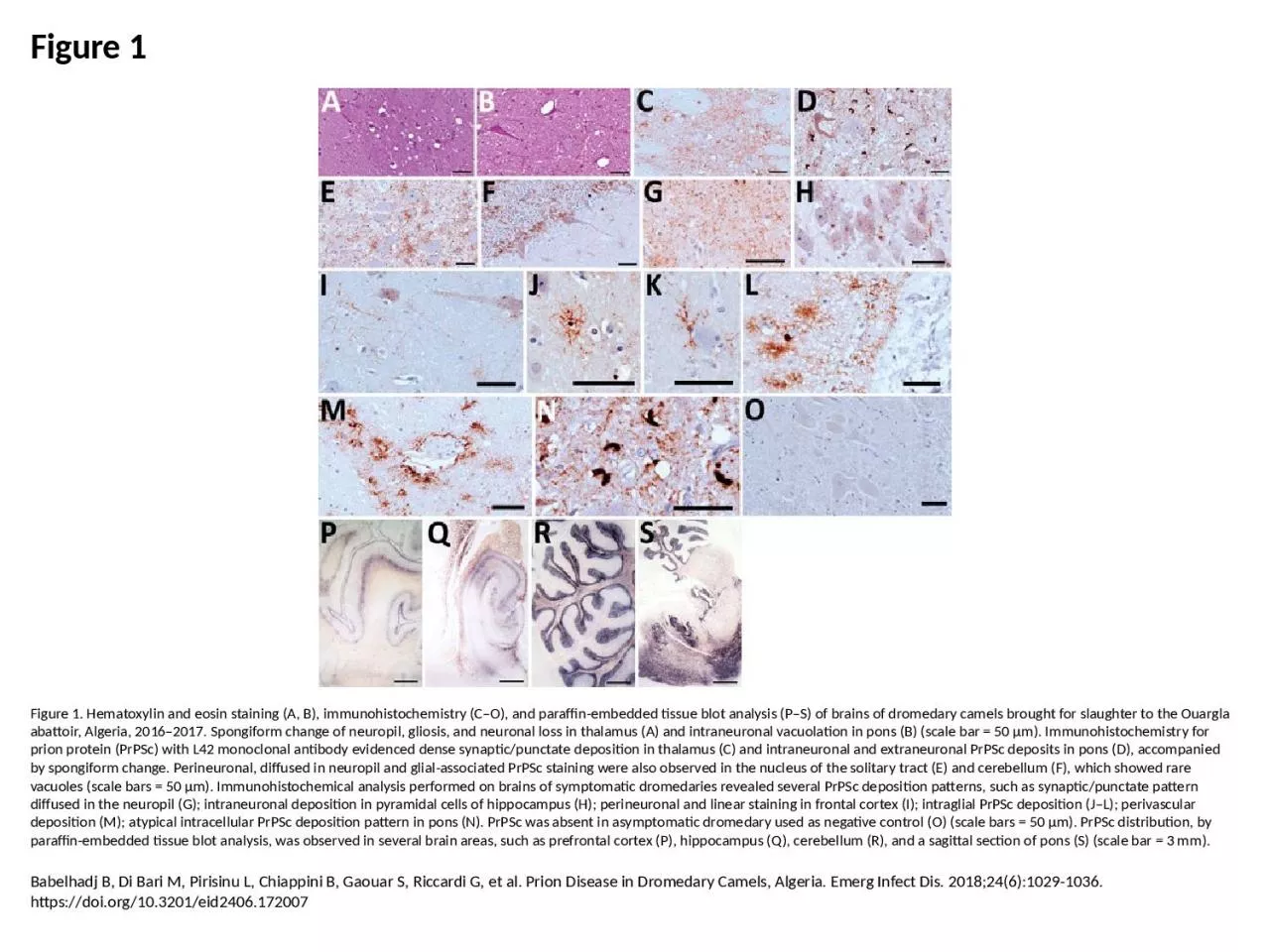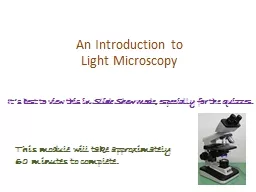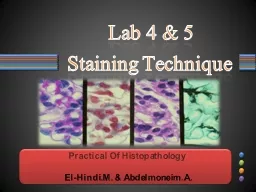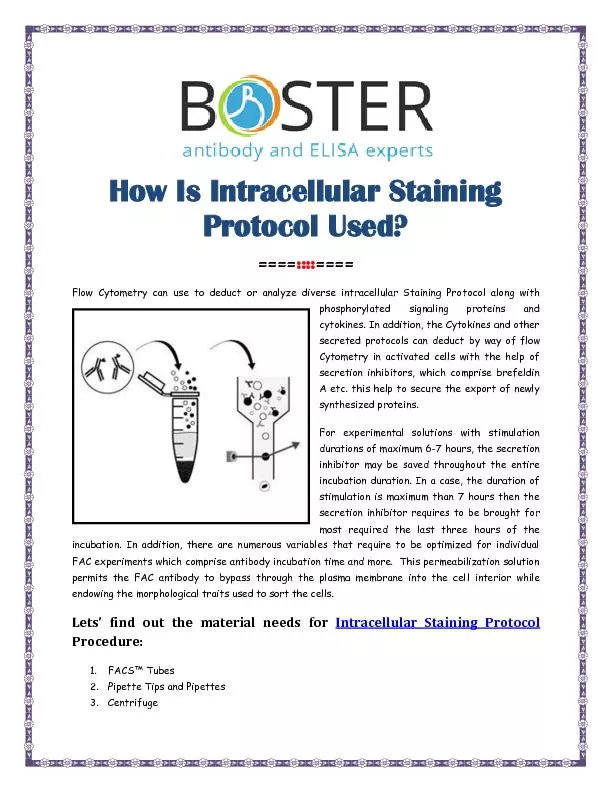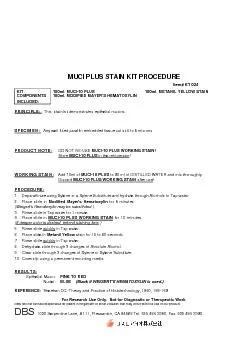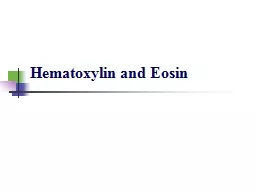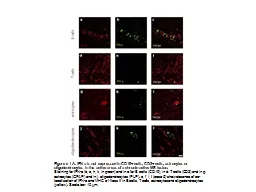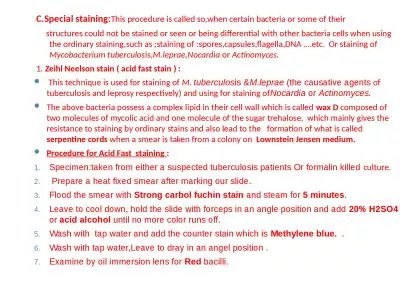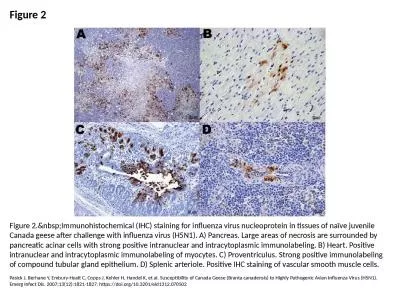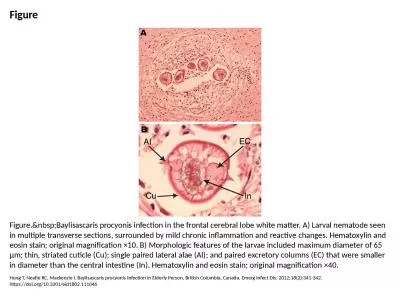PPT-Figure 1 Figure 1. Hematoxylin and eosin staining (A, B), immunohistochemistry (C–O),
Author : emery | Published Date : 2023-07-27
Babelhadj B Di Bari M Pirisinu L Chiappini B Gaouar S Riccardi G et al Prion Disease in Dromedary Camels Algeria Emerg Infect Dis 201824610291036 httpsdoiorg103201eid2406172007
Presentation Embed Code
Download Presentation
Download Presentation The PPT/PDF document "Figure 1 Figure 1. Hematoxylin and eosin..." is the property of its rightful owner. Permission is granted to download and print the materials on this website for personal, non-commercial use only, and to display it on your personal computer provided you do not modify the materials and that you retain all copyright notices contained in the materials. By downloading content from our website, you accept the terms of this agreement.
Figure 1 Figure 1. Hematoxylin and eosin staining (A, B), immunohistochemistry (C–O),: Transcript
Download Rules Of Document
"Figure 1 Figure 1. Hematoxylin and eosin staining (A, B), immunohistochemistry (C–O),"The content belongs to its owner. You may download and print it for personal use, without modification, and keep all copyright notices. By downloading, you agree to these terms.
Related Documents

